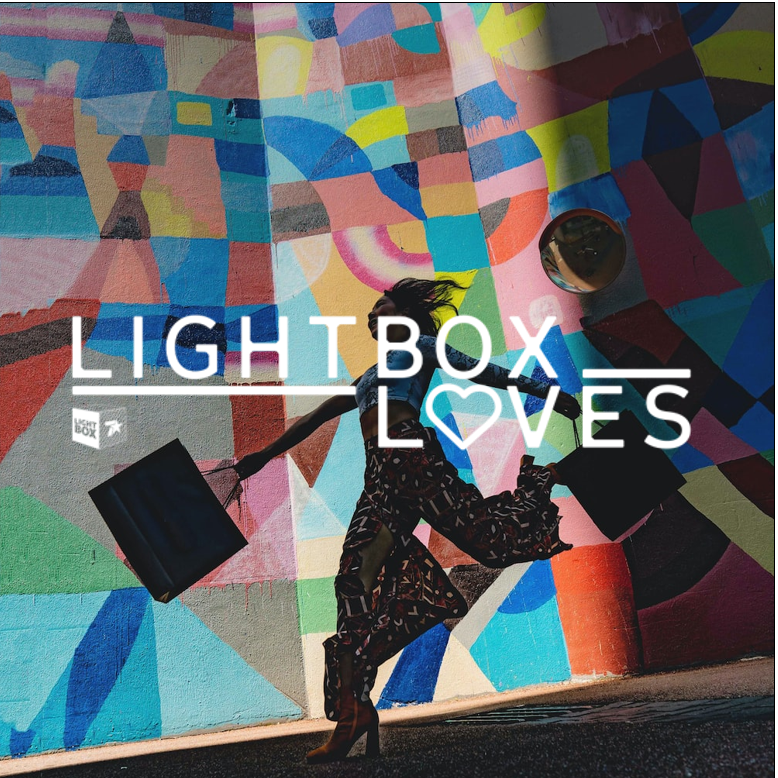
The UK has just enjoyed a sunny four day bank holiday weekend which will undoubtably have people excited about the prospect of the three bank holiday weekends coming up in May (a 2019 YouGov survey suggested that 41% of the UK say that the prospect of a bank holiday puts them in a better mood!). Despite nearly 1 in 3 Brits saying that they will not be prioritising leisure products, activities or services in 2023 (the7stars QT, May 2023), it appears that bank holidays may be exempt from this cautiousness.
With Brits choosing when these one-off occasions happen to ignore the cost-of-living crisis and instead choosing to take advantage of the opportunity to go out, celebrate and spend money. For example, it is projected that Brits will have spent £960million during the Easter period (which is £60million more than last year). Furthermore, MCA has already reported that pubs and hospitality benefitted from a 3% increase in the total number of sales over this Easter weekend.
This trend we have seen at Easter isn’t an isolated occasion as the extra post-Christmas bank holiday on the 27th December 2022 saw a 40% increase in shopping activity and footfall compared to Boxing Day. Likewise, the British Retail Consortium reported a 5.1% year-on-year increase in retail spending in March 2023 around Mother’s Day (well ahead of the 12-month average of 2.6%) and Valentine’s Day helped boost British retail sales by 5.2%.
Whilst spending grew across the board, there are a number of sectors that are fairing particularly well during these calendar events. Most notably retail, hospitality and entertainment as they lend themselves to these moments of coming together and celebrating.
Overall, the bank holidays may just be the perfect opportunity to maximise marketing and drive increased spending around these sectors to give your leisure brands the boost they need this year. Consider marketing tactics such as promoting special offers and using email marketing to capitalise on these periods of increased consumer spending.











Recent Comments